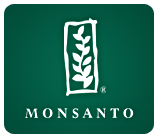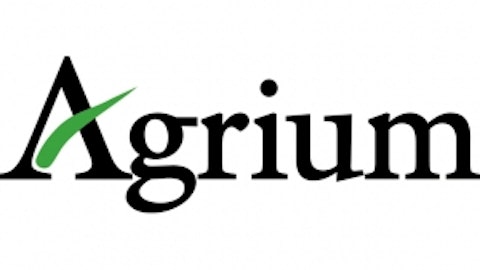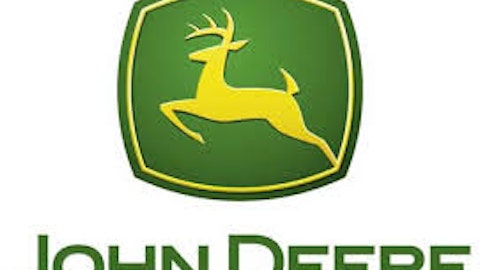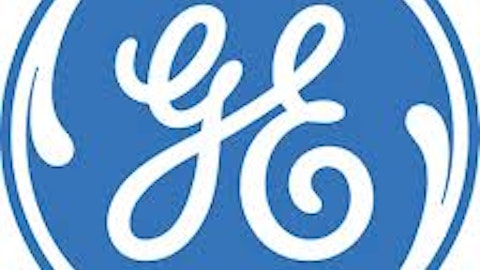Recently, Jim Rogers — billionaire investor, market seer, and adventurer extraordinaire — was holding forth on one of the business networks about current market conditions. In addition to having racked up a sizable fortune through years of canny investing, nearly two decades ago Rogers penned a still well-worth-reading tome, Investment Biker, detailing an around-the-world journey that he and a companion completed atop a pair of BMW motorcycles.
During the interview, Rogers noted a current preference for investing in agriculture. He’s always leaned toward commodities, but he provided no detail on his current preferences. As a result, a viewer came away clueless about whether Rogers is leaning toward trading pork bellies or buying shares in iconic tractor and equipment manufacturer Deere & Company (NYSE:DE).
Fortunately, as is the case with most matters, I’m not without my own opinion about agriculture, albeit one that, as with most industries, is subject to alteration. Five years ago, for instance, I’d have looked long and hard at the potash (NYSE:POT) miners, including Canada’s Potash Corp./Saskatchewan (USA) (NYSE:POT), the world’s second-largest producer after Russia’s Uralkali, or Mosaic Co (NYSE:MOS), a sizable Minnesota producer of the crop nutrient and a subsidiary of Cargill.
But alas, life in the world of potash isn’t what it used to be. In the decade preceding 2009, potash prices increased about fivefold, and you can probably guess what happened next: Capacity was ginned up excessively, demand dipped, and prices retrenched. Today, potash loaded at Vancouver commands about $425 a ton, a precipitous slide from its $860-per-ton price tag three years ago. So let’s consign the fertilizer component to the “nyet” bin for now.
With that quick analysis completed, I’m inclined to watch other agriculture-related companies closely, potentially even putting a few shekels into one or more of their shares. In order of my perception of their attractiveness, I’d begin with Monsanto Company (NYSE:MON), a producer of both conventional and engineered seeds, along with an array of herbicides. Next up would be Deere, followed by E I Du Pont De Nemours And Co (NYSE:DD), some of whose segments compete head-to-head with Monsanto.
Monsanto Company (NYSE:MON)
Until about a decade ago, St. Louis-based Monsanto was a wide-ranging chemicals, bioindustry, and medical company. Today, the purely agricultural entity produces a wide range of seeds, including row crop seeds, such as corn, soybean, cotton, and canola seeds, along with about a dozen varieties of vegetable seeds. Beyond that, its agricultural productivity segment manufacturers numerous herbicides for use in agricultural, industrial, and other applications. The company’s products are used in about 150 countries worldwide.
In January, Monsanto reported a booming first quarter for its 2013 fiscal year. For the period ended Nov. 30, typically a slow one for the company, corn sales grew by 27% year on year, with much of that growth occurring in South America. Specifically, the company earned $339 million, or $0.63 per share, up from $126 million, or $0.23 a share, for the first quarter of fiscal 2012. Currently, 18 of the 25 analysts who follow Monsanto rate its shares at least a buy.
Deere & Company (NYSE:DE)
If you’re in the market for a large, medium, or utility tractor, a combine, or a sugarcane harvester, you might seek out Amsterdam-based CNH Global NV (ADR) (NYSE:CNH). But more than likely you’ll avail yourself of the offerings of Moline, Ill.-headquartered Deere.
In addition to its recognizable green and yellow farm equipment, the company manufactures a variety of mowers, golf-course equipment, and integrated agricultural management systems technology. Further, its construction and forestry segment turns out all manner of crawler dozers and log skidders and loaders, to name just a few of its products.




